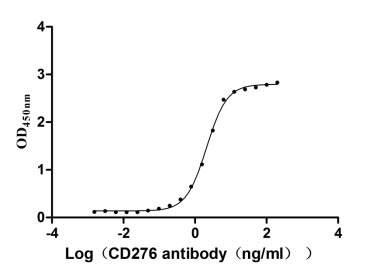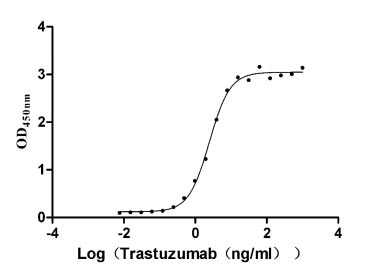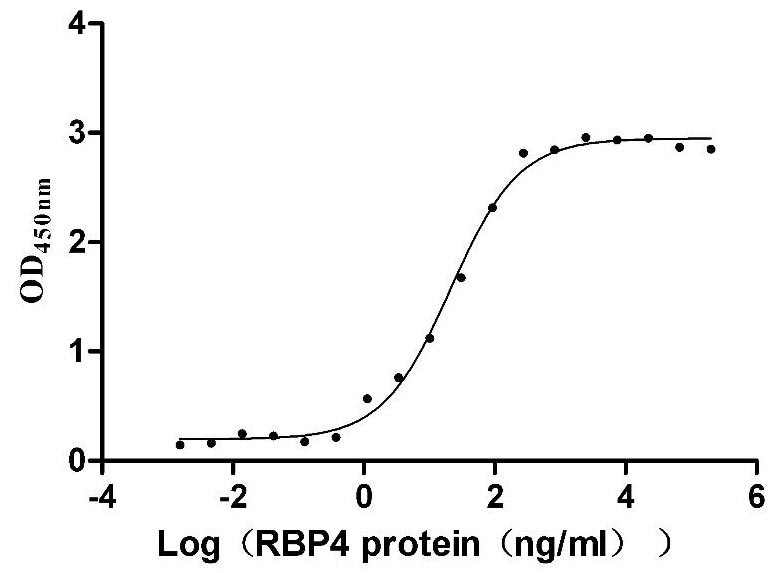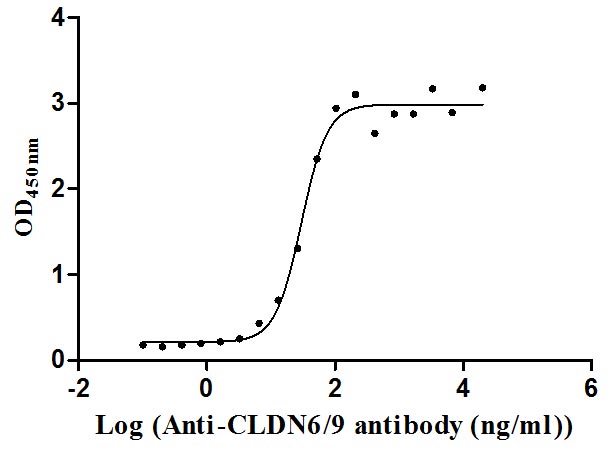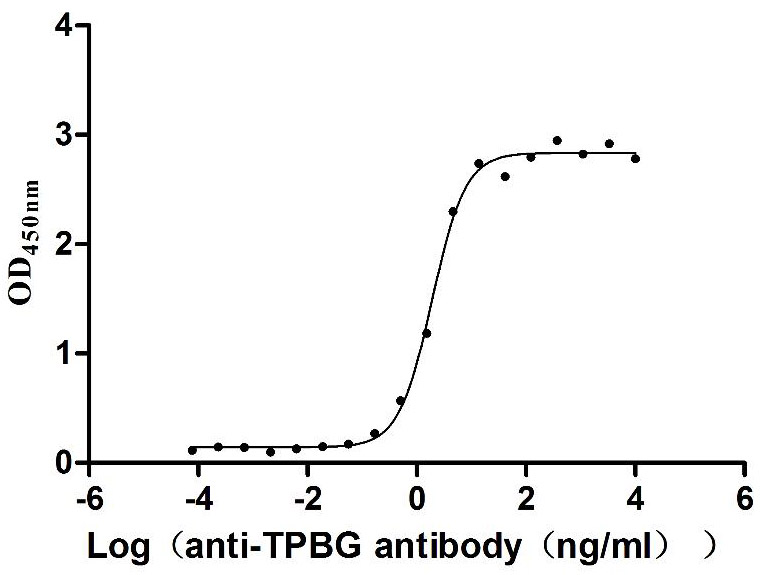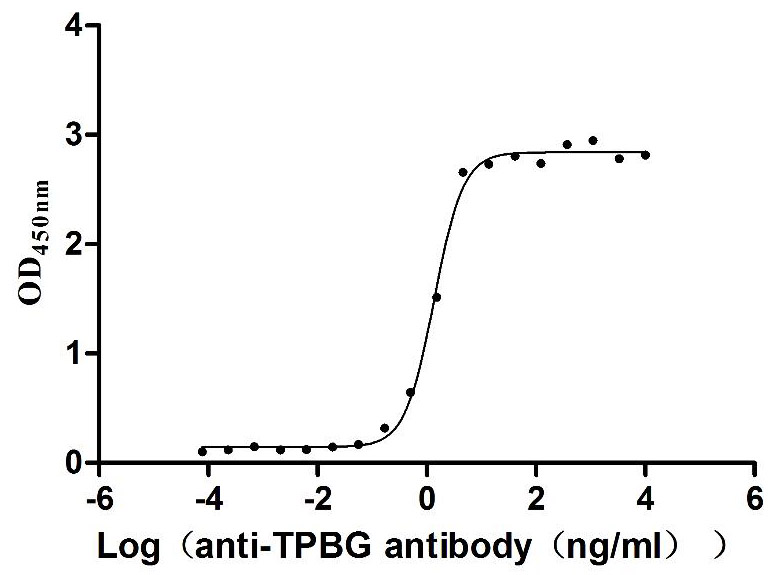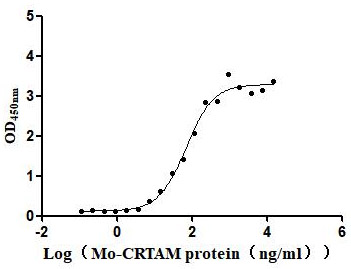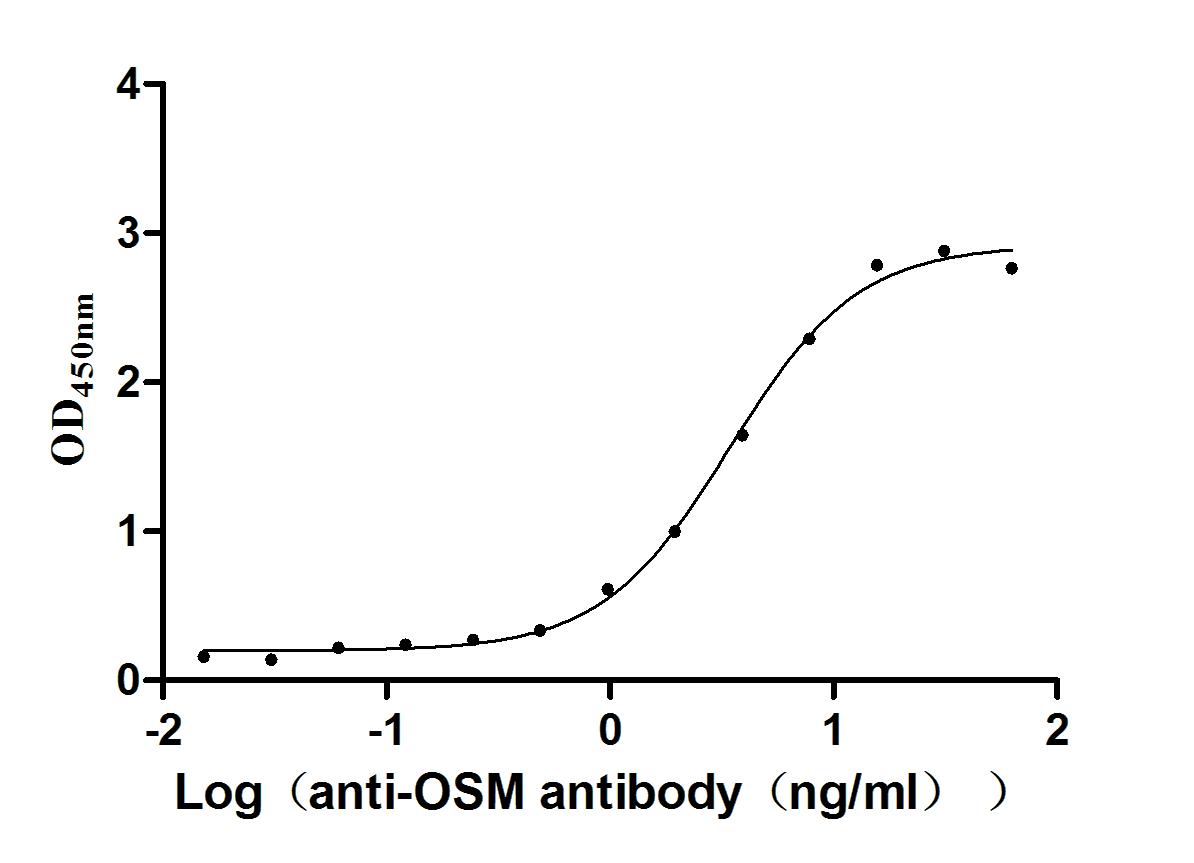Recombinant Human PTB-containing, cubilin and LRP1-interacting protein (PID1)
-
中文名稱:人PID1重組蛋白
-
貨號:CSB-YP800096HU
-
規(guī)格:
-
來源:Yeast
-
其他:
-
中文名稱:人PID1重組蛋白
-
貨號:CSB-EP800096HU
-
規(guī)格:
-
來源:E.coli
-
其他:
-
中文名稱:人PID1重組蛋白
-
貨號:CSB-EP800096HU-B
-
規(guī)格:
-
來源:E.coli
-
共軛:Avi-tag Biotinylated
E. coli biotin ligase (BirA) is highly specific in covalently attaching biotin to the 15 amino acid AviTag peptide. This recombinant protein was biotinylated in vivo by AviTag-BirA technology, which method is BriA catalyzes amide linkage between the biotin and the specific lysine of the AviTag.
-
其他:
-
中文名稱:人PID1重組蛋白
-
貨號:CSB-BP800096HU
-
規(guī)格:
-
來源:Baculovirus
-
其他:
-
中文名稱:人PID1重組蛋白
-
貨號:CSB-MP800096HU
-
規(guī)格:
-
來源:Mammalian cell
-
其他:
產(chǎn)品詳情
-
純度:>85% (SDS-PAGE)
-
基因名:PID1
-
Uniprot No.:
-
別名:5033414K04Rik; Ab1 119; FLJ20701; HMFN2073; MGC90850; NYGGF4; OTTHUMP00000164248; OTTHUMP00000204185; P CLI1; P-CLI1; PCLI1; PCLI1_HUMAN; Phosphotyrosine interaction domain containing 1; Phosphotyrosine interaction domain-containing protein 1; PID1; Protein NYGGF4; PTB containing; cubilin and LRP1 interacting protein; PTB-containing; cubilin and LRP1-interacting protein; RGD1560766
-
種屬:Homo sapiens (Human)
-
蛋白長度:full length protein
-
表達區(qū)域:1-168
-
氨基酸序列MWQPATERLQVTYLGKVSTTGMQFLSGCTEKPVIELWKKHTLAREDVFPANALLEIRPFQ VWLHHLDHKGEATVHMDTFQVARIAYCTADHNVSPNIFAWVYREINDDLSYQMDCHAVEC ESKLEAKKLAHAMMEAFRKTFHSMKSDGRIHSNSSSEEVSQELESDDG
-
蛋白標(biāo)簽:Tag?type?will?be?determined?during?the?manufacturing?process.
The tag type will be determined during production process. If you have specified tag type, please tell us and we will develop the specified tag preferentially. -
產(chǎn)品提供形式:Lyophilized powder
Note: We will preferentially ship the format that we have in stock, however, if you have any special requirement for the format, please remark your requirement when placing the order, we will prepare according to your demand. -
復(fù)溶:We recommend that this vial be briefly centrifuged prior to opening to bring the contents to the bottom. Please reconstitute protein in deionized sterile water to a concentration of 0.1-1.0 mg/mL.We recommend to add 5-50% of glycerol (final concentration) and aliquot for long-term storage at -20℃/-80℃. Our default final concentration of glycerol is 50%. Customers could use it as reference.
-
儲存條件:Store at -20°C/-80°C upon receipt, aliquoting is necessary for mutiple use. Avoid repeated freeze-thaw cycles.
-
保質(zhì)期:The shelf life is related to many factors, storage state, buffer ingredients, storage temperature and the stability of the protein itself.
Generally, the shelf life of liquid form is 6 months at -20°C/-80°C. The shelf life of lyophilized form is 12 months at -20°C/-80°C. -
貨期:Delivery time may differ from different purchasing way or location, please kindly consult your local distributors for specific delivery time.Note: All of our proteins are default shipped with normal blue ice packs, if you request to ship with dry ice, please communicate with us in advance and extra fees will be charged.
-
注意事項:Repeated freezing and thawing is not recommended. Store working aliquots at 4°C for up to one week.
-
Datasheet :Please contact us to get it.
相關(guān)產(chǎn)品
靶點詳情
-
功能:Increases proliferation of preadipocytes without affecting adipocytic differentiation.
-
基因功能參考文獻:
- Overall survival and radiation-free progression-free survival were longer in medulloblastoma patients whose tumors had higher PID1 mRNA levels. PMID: 24300787
- overexpression of TFAM can restore mitochondrial function to normal levels in NYGGF4-overexpressing adipocytes PMID: 23274913
- NYGGF4 plays a role in IR and its effects on IR could be reversed by metformin through activating IRS-1/PI3K/Akt and AMPK-PGC1-alpha pathways. PMID: 22968630
- NYGGF4 acts directly on the IRS1/PI3K/AKT insulin pathway to reduce glucose uptake and transport, impairs mitochondrial function and causes insulin resistance, and thus may be a useful therapeutic target for obesity-associated insulin resistance. PMID: 22284633
- Overexpression of NYGGF4 caused mitochondrial dysfunction in adipocytes, which might be responsible for the development of NYGGF4-induced insulin resistance. PMID: 20165904
- TNFA up-regulated the expression of NYGGF4 during preadipocyte differentiation. PMID: 20140872
- NYGGF4 over-expression impairs the insulin sensitivity of 3T3-L1 adipocytes through decreasing GLUT4 translocation and had no effects on the secretory function of adipocytes. PMID: 19849947
- A novel gene named NYGGF4, which was expressed at a higher level in obese subjects, was isolated and characterized and could play a role in cell growth and adipogenesis process PMID: 16815647
- Data show that NYGGF4 regulates the functions of IRS-1 and Akt, decreases GLUT4 translocation and reduces glucose uptake in response to insulin. PMID: 19079291
- Q7Z2X4 protein (PID1) identified as a cytosolic ligand of LRP1 in a trimeric complex with Cubilin. Q7Z2X4 named PCLI1 (PTB-containing, Cubilin and LRP1 Interacting protein 1) PMID: 17124247
顯示更多
收起更多
-
亞細胞定位:Cytoplasm.
-
組織特異性:Expressed in subcutaneous fat, heart, skeletal muscle, brain, colon, thymus, spleen, kidney, liver, small intestine, placenta, lung and peripheral blood leukocyte.
-
數(shù)據(jù)庫鏈接:
Most popular with customers
-
Recombinant Human CD276 antigen (CD276), partial (Active)
Express system: Mammalian cell
Species: Homo sapiens (Human)
-
Recombinant Human Receptor tyrosine-protein kinase erbB-2 (ERBB2), partial (Active)
Express system: Mammalian cell
Species: Homo sapiens (Human)
-
Recombinant Mouse Transthyretin (Ttr) (Active)
Express system: Mammalian cell
Species: Mus musculus (Mouse)
-
Recombinant Human Claudin-9 (CLDN9)-VLPs (Active)
Express system: Mammalian cell
Species: Homo sapiens (Human)
-
Recombinant Macaca fascicularis Trophoblast glycoprotein (TPBG), partial (Active)
Express system: Mammalian cell
Species: Macaca fascicularis (Crab-eating macaque) (Cynomolgus monkey)
-
Recombinant Human Trophoblast glycoprotein (TPBG), partial (Active)
Express system: Mammalian cell
Species: Homo sapiens (Human)
-
Recombinant Mouse Cell adhesion molecule 1 (Cadm1), partial (Active)
Express system: Mammalian cell
Species: Mus musculus (Mouse)
-
Recombinant Human Oncostatin-M (OSM), partial (Active)
Express system: Mammalian cell
Species: Homo sapiens (Human)


